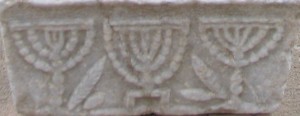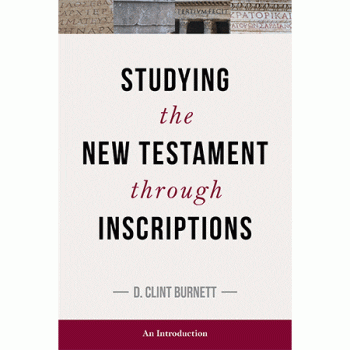 Shaye Cohen claims that in the pre-exilic period circumcision, while of unusual importance, was not an essential mark of Jewish identity. The status of circumcision as the essential mark of Jewish identity did not emerge until the Maccabean period. Cohen in From the Maccabees to the Mishnah writes:
Shaye Cohen claims that in the pre-exilic period circumcision, while of unusual importance, was not an essential mark of Jewish identity. The status of circumcision as the essential mark of Jewish identity did not emerge until the Maccabean period. Cohen in From the Maccabees to the Mishnah writes:
The central ritual of conversion was circumcision. This practice, quite common in the ancient Orient (Jer 9:24-25), figures prominently in only a few sections of the Bible . . . All these passages assign some unusual importance to circumcision, but the Bible as a whole generally ignores it and nowhere regards it as the essential mark of Jewish identity or as the sine qua non for membership in the Jewish polity. It attained this status only in Maccabean times . . . For the Maccabees, circumcision was such an essential component of Jewish identity that upon conquering various sections of the holy land they incorporated the inhabitants into the Jewish polity, a step that meant first and foremost circumcision . . . By the end of the first century BCE, circumcision was widely known to the Greeks and Romans as a typically (though not exclusively) Jewish practice (43-44).
Thus, before the Maccabean period (mid-2nd c. BCE) circumcision and other rites (e.g. baptism, sacrifices in the Temple) were not required of a Gentile to be included among Israel. I think the clearest example of this in the Old Testament is the Davidic and Solomonic Empire. When one studies their hegemony, it is obvious that their kingdom stretched over both Israelite, Judahite and over Gentiles. All three of these groups are referred to with the the title “Israel”.











